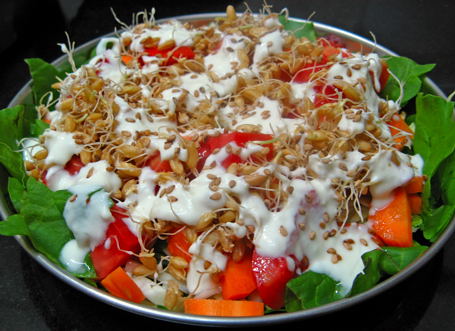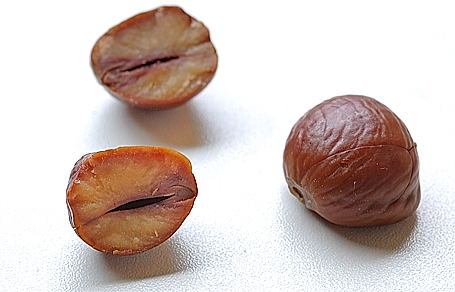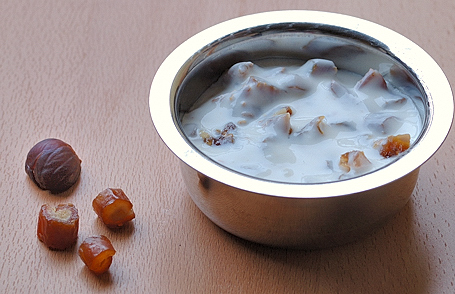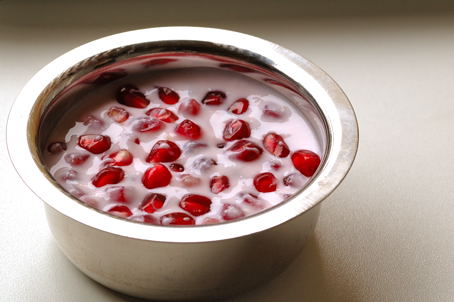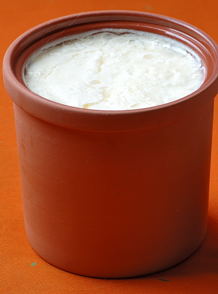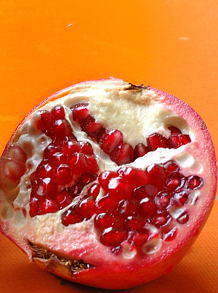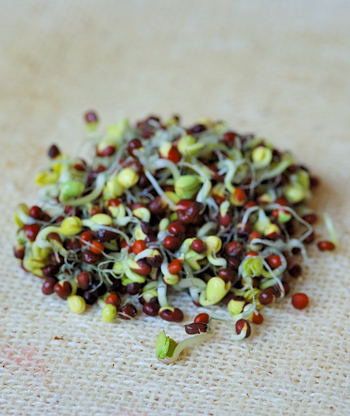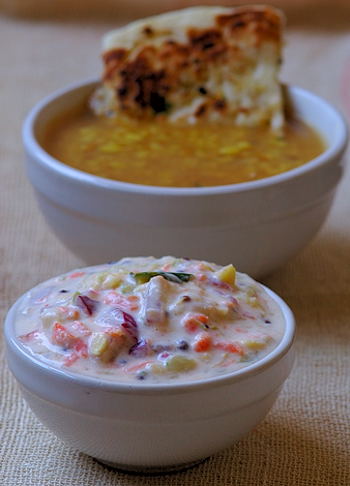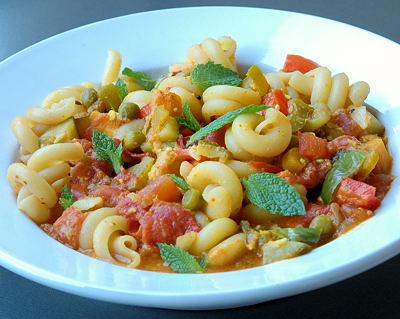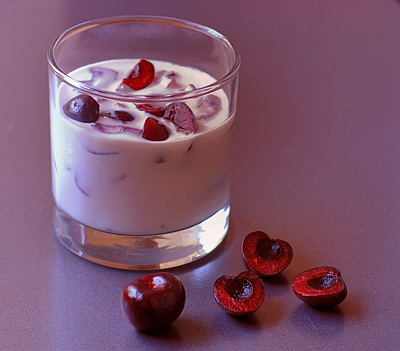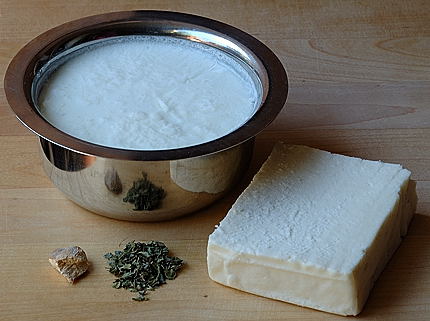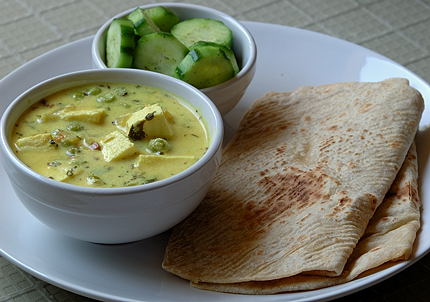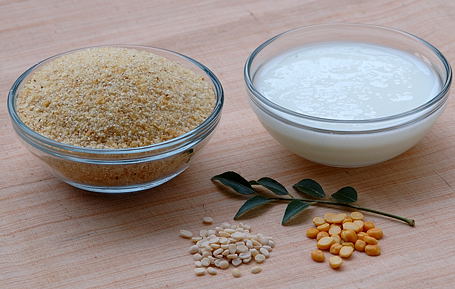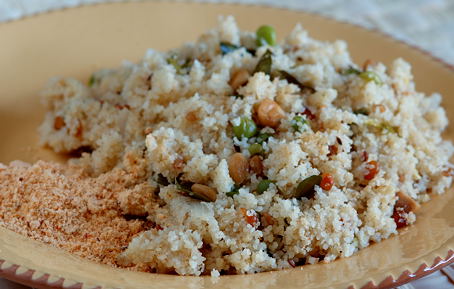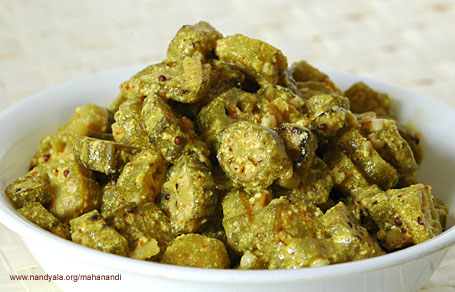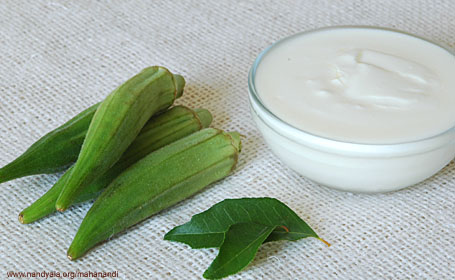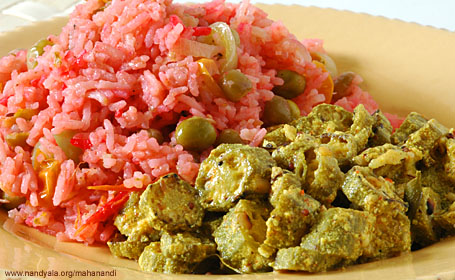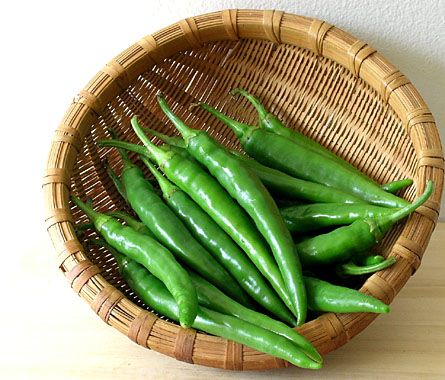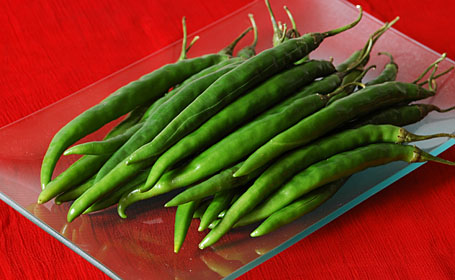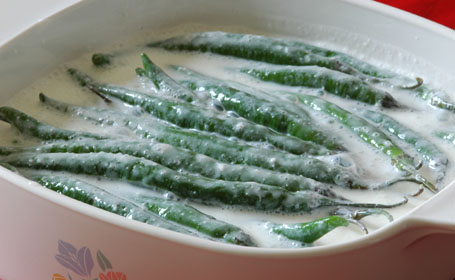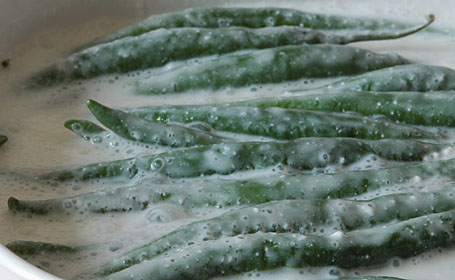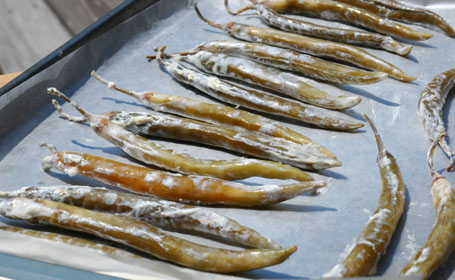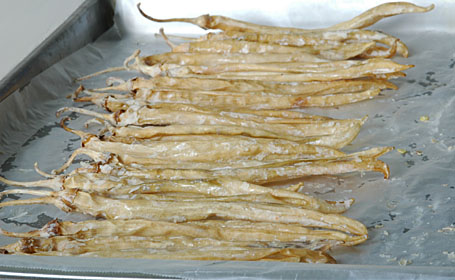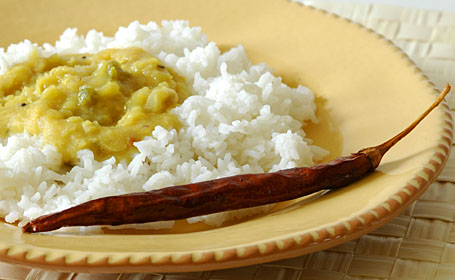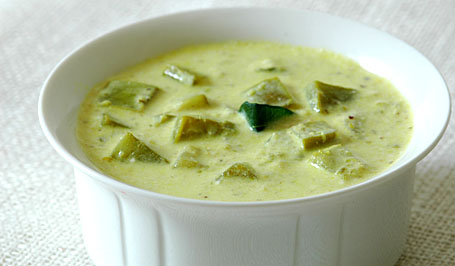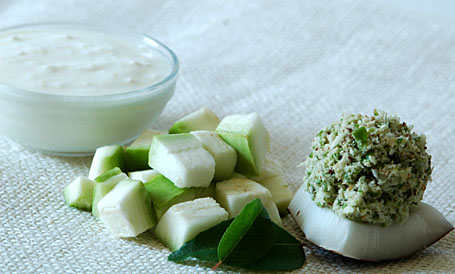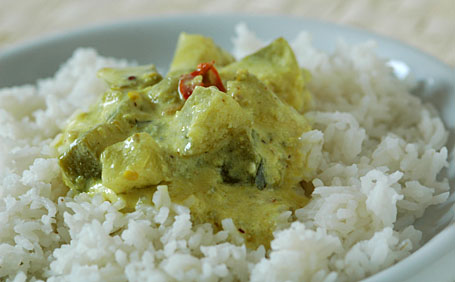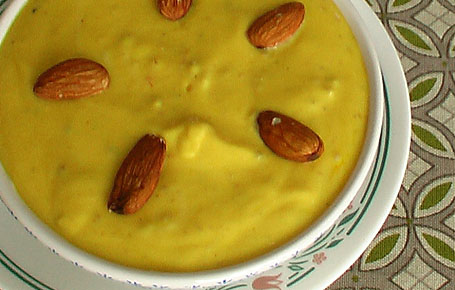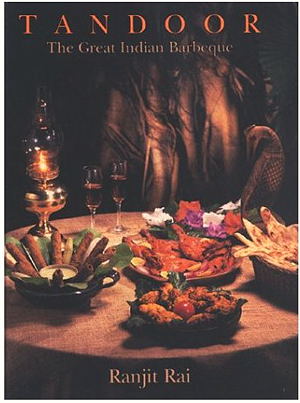
Cookbook by Ranjit Rai
Seattle’s public library system has the biggest collection of cookbooks I have ever seen, and it covers a gamut of traditional and contemporary cuisines. Whenever all-day rain is in the forecast, I pack up a bag and hike to the library to spend the day. The library is spacious, vibrant, well-lit, and equipped with WiFi system. We can either browse through the bookshelves or sit in a corner and surf away on laptops. Stepping inside the library is my way of shutting out the gloom and grayness of winter, so I go.
One such day last week, I was in the cookbooks aisle, my usual hangout place at the library. Flipping the pages of various cookbooks, trying to decide which deserved the 10-minute trek back home. I usually place cookbooks into two categories. Books that are worthy of the paper they are printed on and books that would make even the docile trees of the rainforests cry. After all the sacrifice made of these gentle giants in the name of nourishing the human mind, the trash printed in the name of food and sustenance would make any decent person weep with disgust. We have to pulp the green to mint the green, I know that, but some cookbooks are truly a violation of everything that the rainforests stand for.
But I digress. So here I was in the pursuit of cookbooks worthy of my energy. The Seattle public library did not disappoint me. I found one that made me stop looking further. The book was titled “Tandoor – The Great Indian Barbeque”. It is not often that one finds a cookbook dedicated to a cooking technique as ancient as the 5000 years old tradition of tandoori. I had to pick it up. What a wonderful use of my time it was to read that book! “Tandoor” is written by Ranjit Rai of New Delhi. He had diligently detailed a manuscript on tandoor cooking, but had passed away before it could be published. His daughter and his best friend together edited and completed the publication of the book.
I can truly say that this cookbook is like the Bhagavad Gita for connoisseurs and lovers of fine cooking. Everything one would ever want to know about tandoor, the kartha, karma, kriya are described in detail. The first part of the book is dedicated to the history and different types of tandoor. Useful tips and tricks – how to construct a tandoor in your backyard, and how to adapt tandoor-style cooking to an apartment kitchen – are recited in eye-opening detail with captivating pictures. The second part of the book is about the karma, the basic work and preparation needed for tandoor cooking. Different types of tenderizers, marinades and masala powders that add special touch to tandoori dishes – what, how and why – are narrated with scientific explanations. Part three includes tandoor recipes for poultry, lamb, fish, vegetables, and breads. The book has a total of 105 recipes and each recipe is accompanied by one or two photographs of either the preparation stages or the finished product. Classic crowd-pleasers such as tandoori chicken, cocktail kababs, masala chops, tandoori jhinga, and paneer tikka along with kababs and tandoori rotis – you will find them all in this book. In spite of coming from a family with non-vegetarian food traditions, I have consciously avoided meat all these years. But even I cannot resist a masala tikka if it is cooked and served in the manner described in this book. That tempting!
Whether you are a culinary enthusiast or simply browse cookbooks as a pastime, if you ever come across this book in a bookshop or at your local library, please stop and pick it up. Mr. Ranjit Rai’s meticulousness and passion will leave you awestruck, as it did me. What a wonderful tribute to the timeless tradition of tandoor cooking! Well done! My vinamra namaskar to the father and daughter team.
 Ode To The Tandoor ~ By Ranjit Rai
Ode To The Tandoor ~ By Ranjit Rai
(excerpt from “Tandoor”)
“Fired from below 
And cascading hear from above
Made from mother earth
By gently hands of women in love
Charging the clay with strength
Thou wondrous oven
Fail-safe cooker of goodness and health
From Unknown time
Through millenniums you serve
Now underground now from above
‘Big’, aromatic, baking and roasting
Accepting grain, meat and dove
The chicken brought you fame
And now on every lip is your name
You sit burning for others
Calling bring your meal ‘bread and dough’
And stir around me ‘timber’
Warm yourself a moment
The day’s work is done
Pay homage to the world’s greatest preserver.“
Sri Ranjit Rai (1923-1993)
 Hare Chane ki Seekh (Green Chickpea Kababs)
Hare Chane ki Seekh (Green Chickpea Kababs)
Recipe from “Tandoor”, page: 229
Like the author’s family, we too grew up with the tradition of indulging in green chickpeas (hare chane) during season. Like fresh peas of spring, green chickpeas taste wonderfully sweet with the delicate, earthy scent of the motherland. Fresh foods like these belong to a special category and the associated memories always make them irresistibly spectacular to me.
Seekhs/kababs prepared from fresh chickpeas, without a doubt are a great tandoori snack item. So here is a recipe from the “Tandoor” cookbook, adapted to my apartment’s electric-powered oven.
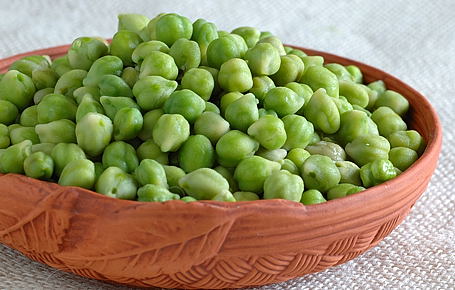
Fresh Chickpeas (Hare Chana, Cholia)
Ingredients and Method:
(for 7 or 8 medium sized kababs)
2 cups green chickpeas (hare chane, cholia)
1 small red onion or 2 shallots – finely chopped
1 teaspoon – cumin and quarter teaspoon – salt
1 tablespoon – peanut oil/ghee
2 tablespoons – gram flour/besan (acts as binding agent)
Half cup hung-yogurt (hang yogurt in a thin cotton cloth overnight to drain water)
6 green chillies, 4 curry leaves, 2 garlic, 1-inch ginger, 1 tablespoon grated coconut and pinch of salt – grind them together to smooth consistency in a spice grinder or in a mortar with pestle
—
Skewers – 3
side dish – a cup of yogurt and grilled baby onions
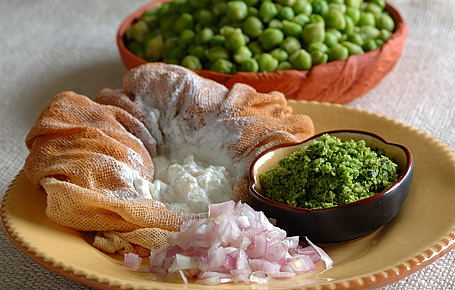
Hung-Yogurt (Yogurt Cheese), Green Chilli-Ginger Paste, Shallots
In a wide skillet, heat oil/ghee. Add and toast cumin first . Then add and saute onions plus green chilli-ginger paste. When onions are pale red, add green chickpeas. Mix. Cover and cook on medium-low heat for about 5 minutes, until the chickpeas soften a bit. (Like fresh green peas, green chickpeas cook fast.)
Add hung-yogurt and salt to taste. Mix and cook on low heat, until water evaporates from yogurt. With the back of the wide, slotted spoon, mash the whole thing to coarsely smooth consistency. Sprinkle besan flour and mix. Let cool.
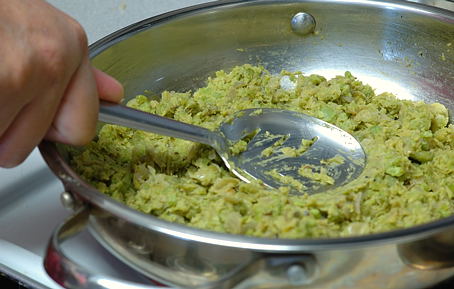
Mashing the Cooked Chickpea-Chilli Saute
Oil and wipe the skewers. Shape the mashed chickpeas into chilli shape directly onto the skewers. Apply gentle pressure while shaping the kababs. Place skewer on a baking pan.
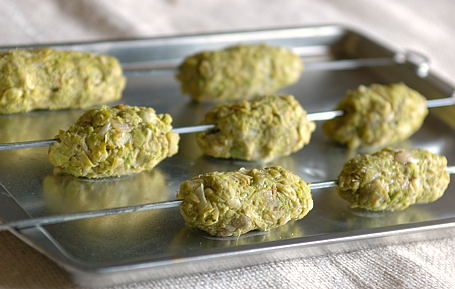
Chickpea Kababs Ready for Grilling in Oven
Once ready, place the pan in oven and broil, each side for about 4 to 5 minutes. Using a fork and fingers, carefully turn each kabab to opposite side for uniform cooking and broil to pale gold color.
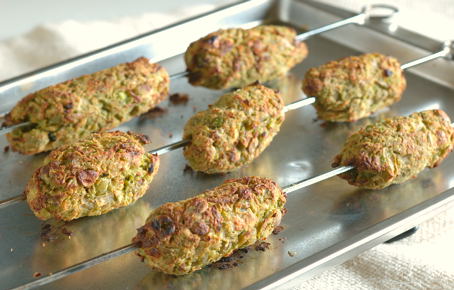
Grilled (Oven-Broiled) Golden Chickpea Kababs
Serve hot with a cup of yogurt and some grilled pearl onions/small shallots.
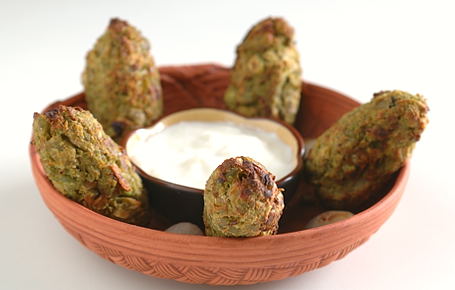
Hare Chane ki Seekh (Green Chickpeas Kababs) with Yogurt and Grilled Onions
My Entry to “Saffron, White and Green” Event at Puja’s My Creative Ideas.
Notes:
Book Cover, Ranjit Rai photo and “Ode to the Tandoor” poem is taken from “Tandoor” cookbook (Copyright:Anuradha Ravindranath) for review purpose.
Thanks V!
Available at : Amazon, Powell’s.com, Indiaclub.com
Recommend this book to your local libraries.
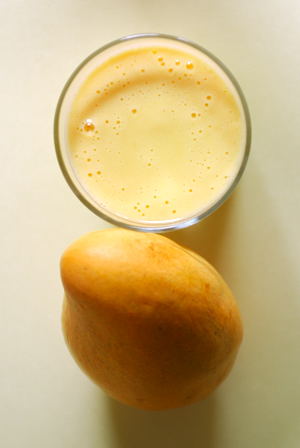
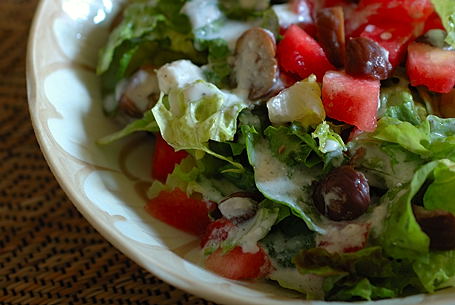
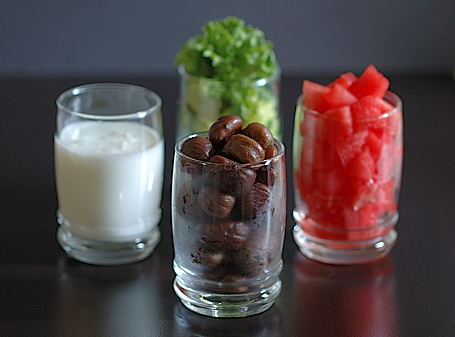
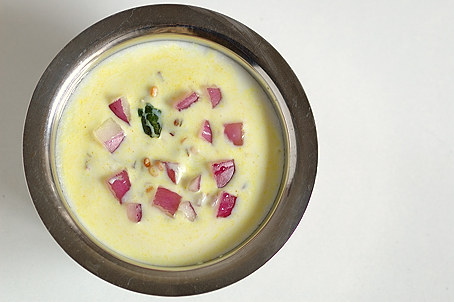
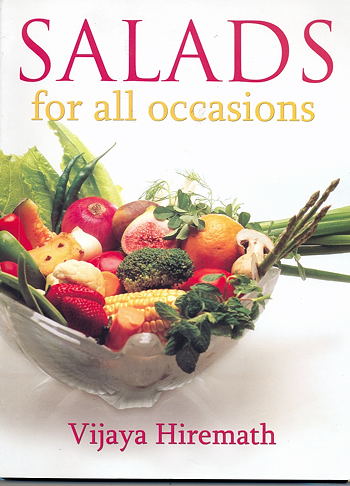
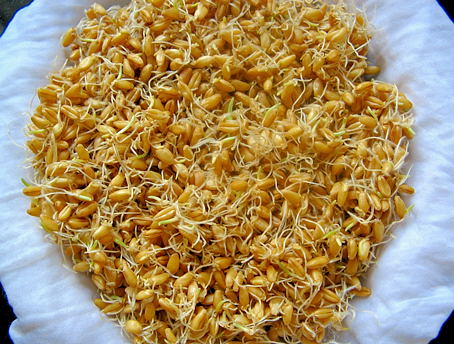
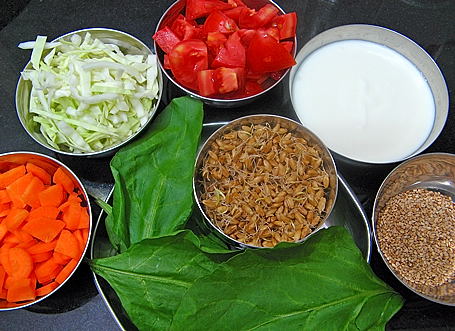 Centre: Spinach and sprouted wheat. Clockwise from left: carrots, cabbage, tomatoes,
Centre: Spinach and sprouted wheat. Clockwise from left: carrots, cabbage, tomatoes, 